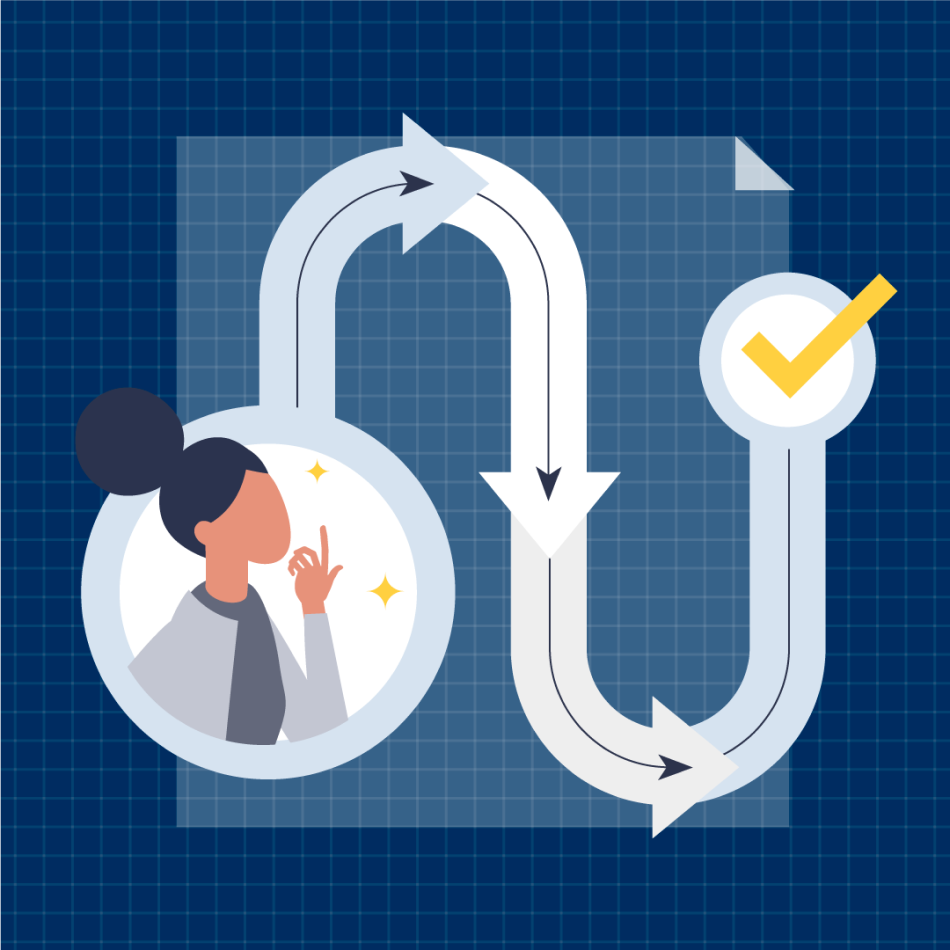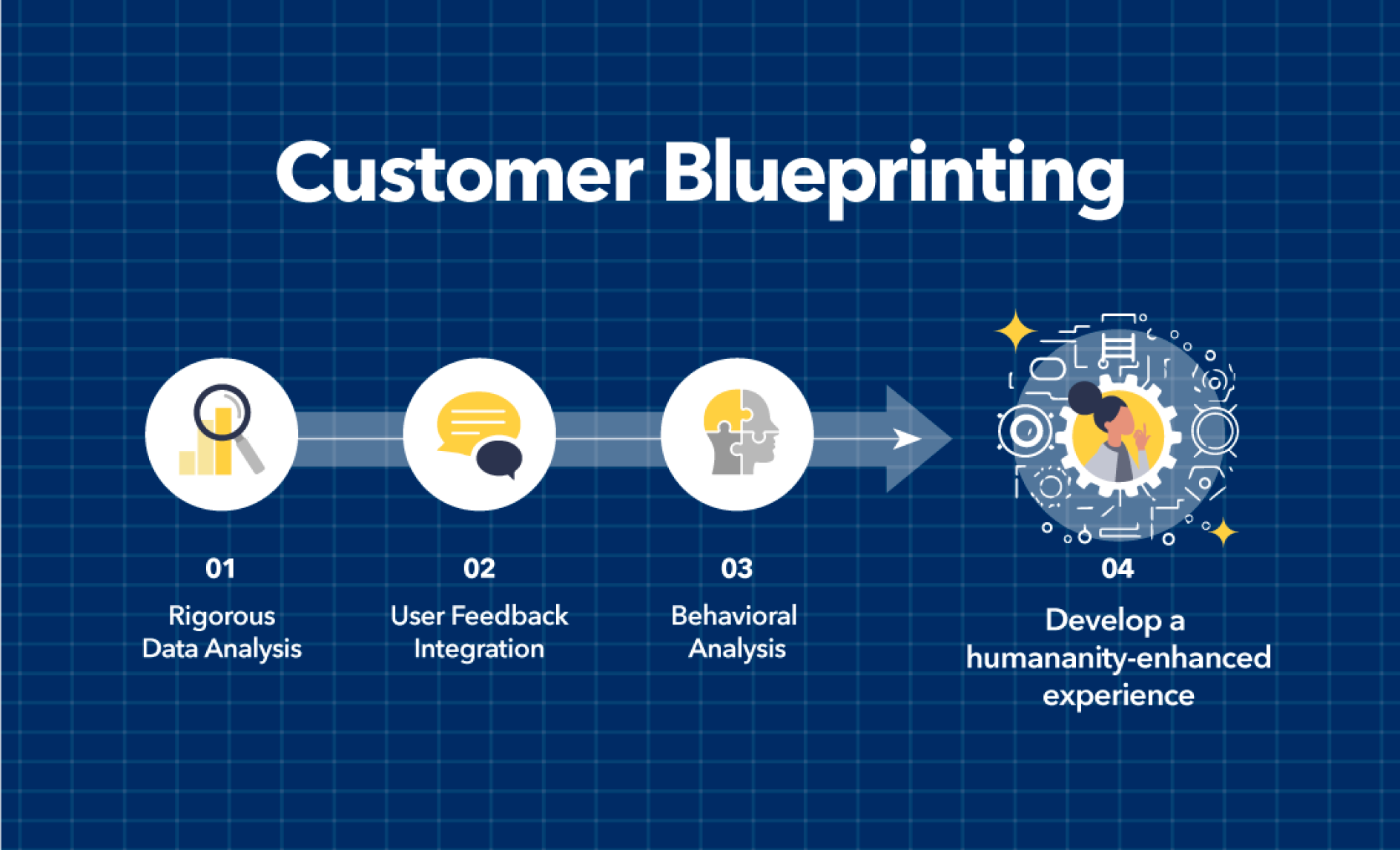customer blueprinting: a human-centered approach to user experience

Once upon a time, I was a webmaster. “Masters of the Web” were a rare breed, navigating the arcane realms of HTML, VRML, ASP, and JavaScript — armed with nothing but CorelDraw and Notepad. Creating websites was a demonstration of skill, not empathy.
Fast forward to today, and the field has evolved into a universe of roles longer than the credits of “The Empire Strikes Back.” We’ve gone from mastering the web to spawning a galaxy of specialists: UX designers, product managers, data scientists, full-stack developers, scrum masters, and more. Despite this explosion of knowledge and specialization, daily digital frustrations persist. Why? Often, these finely tuned roles and processes lose sight of the most crucial element: the human experience.
Customer Blueprinting represents a novel approach to UX design that centers on human experience, emphasizing a deep, empathetic understanding of a user’s needs.
Designing for the digital age means designing for the human condition in all its complexity.
– Gillian Crampton Smith, pioneer of computer desktop publishing
tech over touch
Consider everyday annoyances: Why does a gas pump demand a nine-step tango on a blistering 97-degree day? Or why, when ordering from a U.S.-based website, must you navigate a dropdown list starting with Afghanistan? These are not issues of aesthetics but of user experience. They fail because they’re not built with the human in mind.
Throughout my career, observing UX studies and diving into data, I’ve realized that a genuine understanding of human beings is crucial. In a data-drenched world, many organizations overlook the essential human element. We are not mere users or customers; we are complex beings with desires, frustrations, and moments of irrationality.
the challenge of human-centered design
Many organizations claim dedication to improving customer and user experiences, yet challenges persist. The reality is that many of these issues are surmountable through strategic alignment, service design, or better prioritization. Organizations need to see themselves as conductors, ensuring alignment and harmony rather than focusing solely on isolated goals.

what is customer blueprinting?
Unlike conventional practices focusing on specific usability issues, customer blueprinting emphasizes a deep, empathetic understanding of users’ needs and experiences. It integrates the jobs-to-be-done (JTBD) framework with a rich awareness of the ecosystem through which users move, embedding these insights into every aspect of design.
Customer Blueprinting starts with rigorous data analysis, user feedback integration, behavioral analysis, and a comprehensive understanding of the human condition within a specific domain. This approach goes beyond meeting overt needs; it addresses the subtle, often unspoken expectations of users. It ensures the alignment of goals, communications, and brand, providing a holistic framework for crafting user experiences.
why customer blueprinting works
Traditional UX research often prioritizes surface-level interactions, addressing isolated problems. Customer blueprinting, however, considers the entire context of the user’s experience and the brand’s objectives. It creates space for thinking broadly about design, leading to more effective solutions that align with the product roadmap.
The essence of customer blueprinting is akin to listening to an orchestra. It focuses on the user’s holistic experience and emotional response rather than just usability metrics. This approach provides a more empathetic, effective, and full-scale design framework.
As we continue to innovate and reshape our digital landscapes, let’s anchor every click, swipe, and interaction in humanity. The future of design isn’t just about being user-centered; it’s about being humanity-enhanced.
